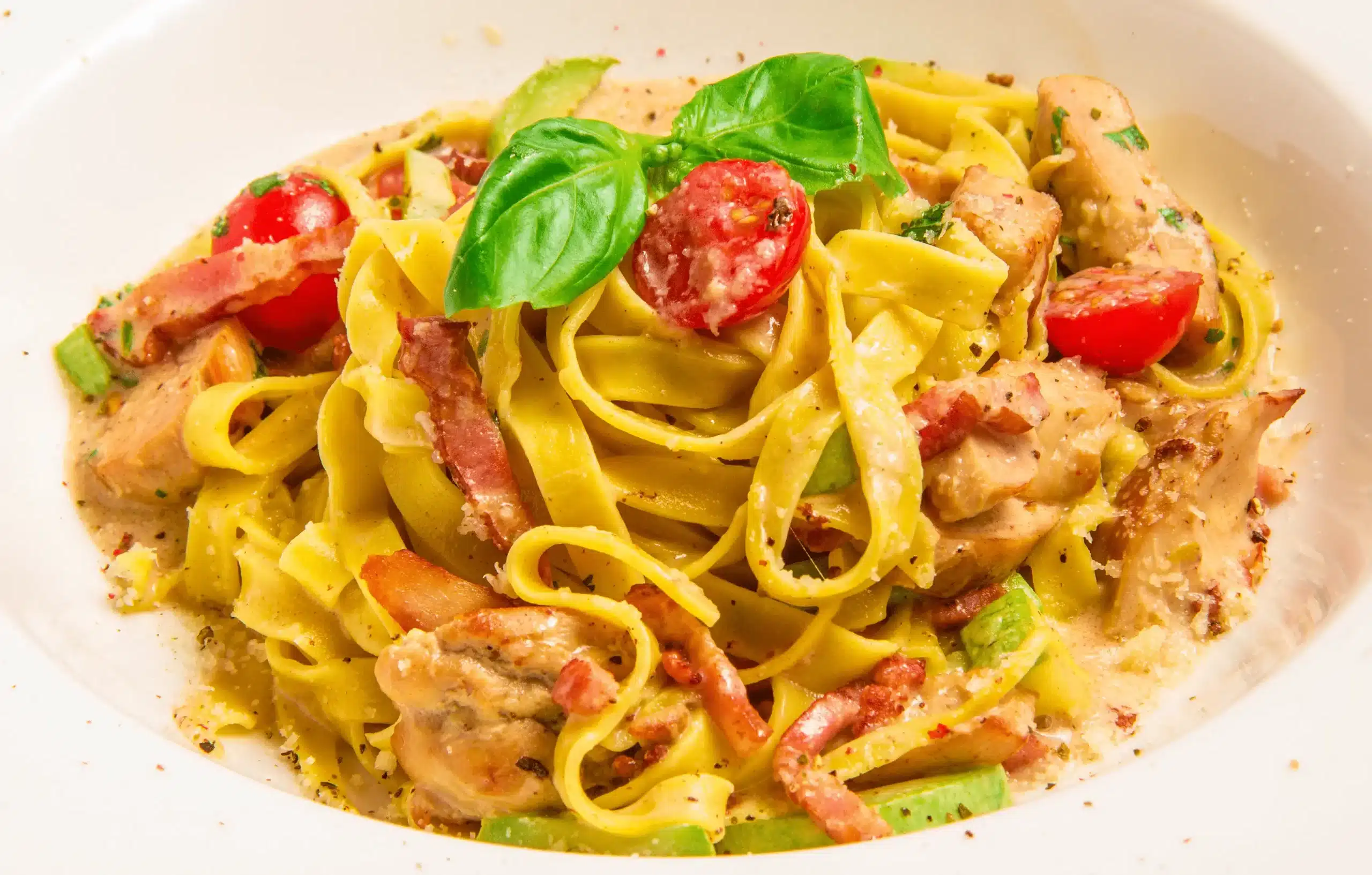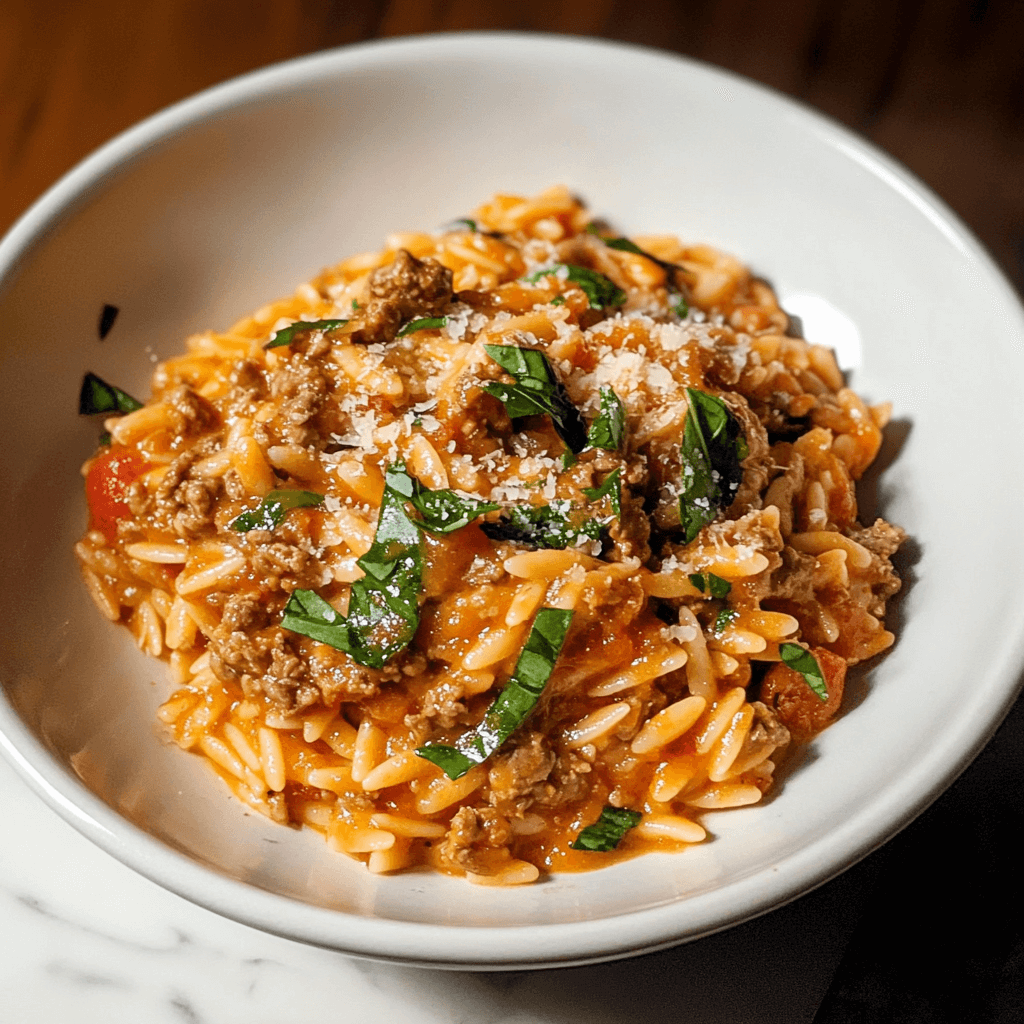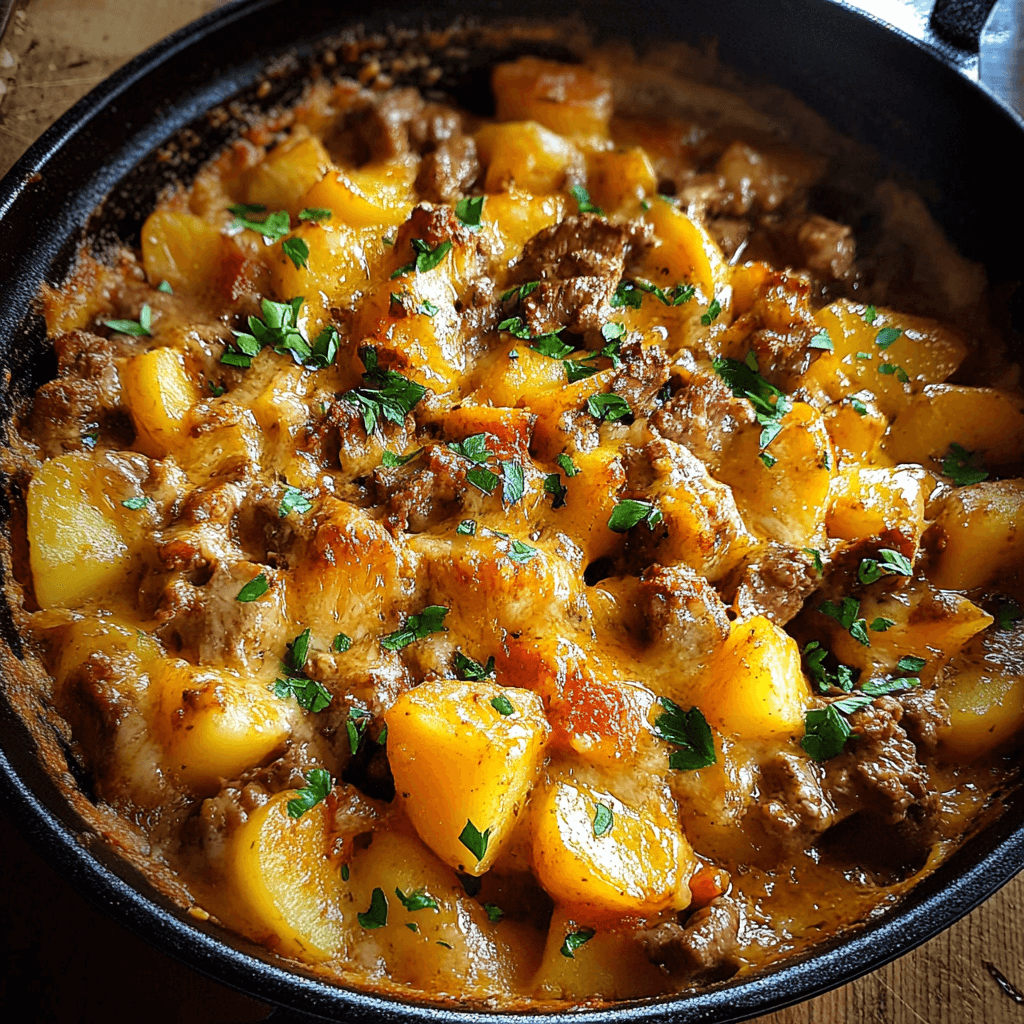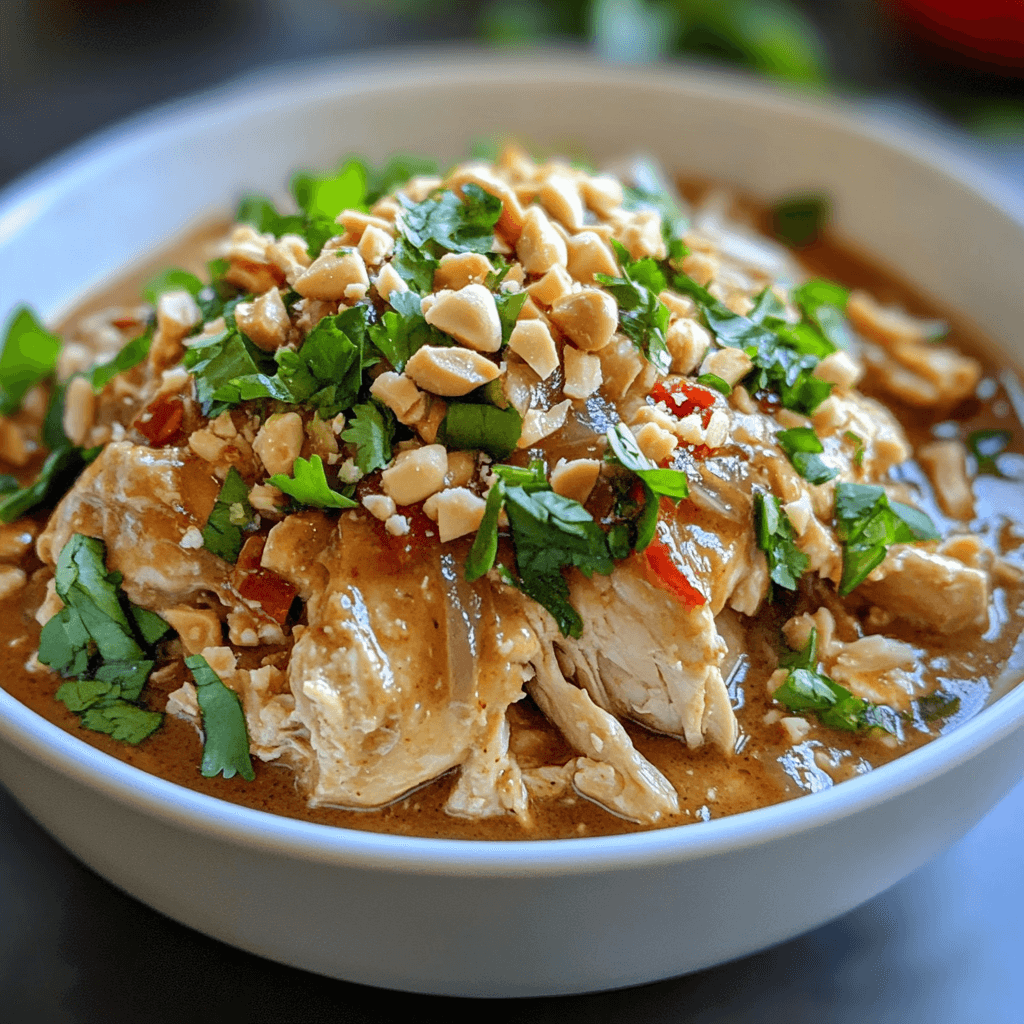Savor the rich, hearty, and comforting flavors of Chicken Sugo, a classic dish that brings the authentic taste of Italian cuisine right to your table. Dive into the world of this culinary masterpiece, exploring its history, variations, and the secret to crafting the perfect chicken sugo.
Introduction to Chicken Sugo
Embarking on a culinary journey, chicken sugo, a quintessential Italian dish, has consistently delighted diners with its robust and hearty flavors for generations. This culinary delight, which simmers with tender chicken and a rich, flavorful sugo sauce, not only promises a gastronomic adventure but also a journey through the rich tapestry of Italian cuisine. While the dish is deeply rooted in tradition, it simultaneously offers ample room for innovation and personalization, ensuring each rendition of Chicken Sugo remains both unique and familiar.
The Rich History of Chicken Sugo
Embarking on a historical exploration, chicken sugo emerges as a rich and hearty Italian dish that possesses a storied history and is deeply embedded in the culinary traditions of Italy. The word “sugo” in Italian translates to “sauce” in English, and it typically refers to a meat sauce that is cooked slowly over low heat. Consequently, chefs often simmer chicken sugo, a sauce made with chicken, for hours, thereby allowing all the flavors to meld together beautifully.
Origins
Navigating through the rich annals of Italy’s gastronomy, Chicken Sugo’s precise beginnings remain a delightful enigma. This ambiguity mirrors the broader landscape of Italian cuisine, where each region proudly heralds its own culinary inventions. The term ‘sugo,’ essentially means ‘sauce’ in Italian, and it is a foundational component that celebrates the diversity and creativity inherent in Italy’s culinary identity. From one region to the next, you’ll find distinctive iterations of sugo, each bearing the unique hallmark of local flavors, techniques, and heritage.
Ingredients and Preparation
At the heart of Chicken Sugo lie several core ingredients:
- Chicken: Predominantly thighs or drumsticks, chosen for their flavor and tenderness during prolonged cooking.
- Tomatoes: A staple in Italian sauces, whether freshly plucked, canned, or as a puree, they lend a rich base.
- Aromatic Vegetables: Onions, carrots, and celery, form the ‘soffritto,’ a fragrant foundation.
- Herbs and Spices: Staples such as garlic, bay leaves, and rosemary infuse the sauce with classic Italian flavors, while a sprinkle of chili adds a warming kick.
- Wine: A glug of wine, be it robust red or a crisp white, enhances the sauce’s complexity.
- Broth: The use of chicken or vegetable broth introduces additional layers of savoriness.
- Olive Oil: A drizzle of good quality olive oil not only helps in sautéing but also introduces a fruity nuance to the dish.
The preparation of Chicken Sugo is a journey, not a rush. It begins with browning the chicken to golden perfection, followed by the simmering dance of tomatoes, aromatics, and herbs. A careful deglazing with wine then gives way to the gentle pour of broth. As the hours pass, the ingredients meld in a slow-cooked embrace, culminating in a sauce of desired thickness and flavor intensity. Served traditionally over pasta, it also graciously complements rice, polenta, or a crust of bread.
Cultural Significance
In the Italian ethos, sugo goes beyond culinary technique; it’s an emblem of home, the essence of familial bonds, and a festive centerpiece. The ritual of sugo-making becomes an intimate dance of generations sharing tales and togetherness around the simmering pot. This symbol of domestic warmth echoes through variations of sugo across Italy, each version reflecting a unique story — from hearty meat-based ragù to the earthy richness of mushroom or the surprising zing of capers and olives.
Conclusion
Chicken Sugo encapsulates the Italian spirit — a symphony of high-quality produce, time-honored culinary rituals, and the shared joy of dining. It’s a dish steeped in regional traditions, familial legacies, and the colorful weave of Italy’s gastronomic tapestry. Enjoyed amidst the laughter of a family dinner or the clinking glasses of a grand feast, Chicken Sugo remains an enduring favorite, its flavors resonating with the warmth of Italian hospitality.
To explore more about the traditional ingredients of Italian cuisine, visit Italian Food Tradition, delve into the regional variations at Italy Magazine, or discover the secrets of perfecting Chicken Sugo from culinary experts at Saveur.
Ingredient Spotlight: The Sugo Sauce
“Sugo,” an Italian term that translates to “sauce” in English, serves as a fundamental element in Italian cuisine. It refers to a rich, hearty sauce that is typically slow-cooked and often features meat, tomatoes, and various vegetables and herbs. Sugo represents more than a culinary creation; it symbolizes Italian family gatherings, tradition, and the comforting warmth of home-cooked meals.
Key Ingredients:
- Tomatoes: The base of many sugo recipes, tomatoes can be fresh, canned, or in puree form, providing a vibrant, tangy foundation.
- Meat: Various meats, such as beef, pork, or chicken, are often slow-cooked in the sauce, contributing depth and richness.
- Vegetables: Onions, carrots, celery, and garlic are commonly used to build flavor.
- Herbs and Spices: Basil, oregano, bay leaves, and rosemary infuse the sauce with aromatic undertones.
- Wine: Red or white wine is often used to deglaze the pan and add complexity to the sauce.
- Olive Oil: Used for sautéing ingredients and adding a fruity, rich flavor to the sugo.
- Cheese: Parmesan or Pecorino Romano cheese may be added for an extra layer of savory depth.
Culinary Uses:
- Pasta Sauce: Sugo famously coats each strand of various pasta dishes as a sauce, offering its rich, hearty flavor.
- Pizza Topping: A thicker version can be used as a base sauce for pizzas.
- Stew Base: Sugo can be used as a flavorful base for stews and casseroles.
- Sandwich Filling: Reduced sugo can be used as a filling for Italian-style sandwiches.
Variations:
- Sugo all’Arrabbiata: A spicy version made with red chili peppers
- Sugo alla Bolognese: A classic meat sauce originating from Bologna, often made with ground beef, pork, and sometimes milk.
- Sugo al Pomodoro: A simple tomato sauce, often flavored with garlic and basil.
- Sugo alla Puttanesca is made with tomatoes, olives, capers, and anchovies, offering a bold, briny flavor.
Cultural and historical significance:
Sugo embeds deeply in Italian culture, with each region and even individual families boasting their own cherished recipes. The act of preparing sugo, often simmering for hours on the stove, is a cherished tradition that invites family members to gather, converse, and bond over the cooking process. Chefs often prepare the sauce in large quantities, encouraging communal dining and shared meals.
Cooking Tips:
- Slow Cooking: Allowing sugo to simmer slowly for several hours helps to meld the flavors and achieve a rich, robust sauce.
- Quality Ingredients: Using high-quality tomatoes, olive oil, and fresh herbs can significantly elevate the flavor of the sugo.
- Resting Time: Allowing the sugo to rest for a day can enhance the flavors, making it even more delicious when reheated.
Pairings:
- Wine: A robust red wine, such as Chianti or Montepulciano, pairs wonderfully with a hearty sugo.
- Bread: Crusty Italian bread is perfect for mopping up any leftover sugo on the plate.
- Cheese: A grating of fresh Parmesan or Pecorino Romano cheese complements the rich flavors of the sugo.
In essence, sugo is much more than a sauce; it is a culinary tradition that carries the warmth of Italian hospitality, the essence of family gatherings, and the rich, comforting flavors of a meticulously prepared meal. Whether it’s a simple Sugo al Pomodoro or a complex Sugo alla Bolognese, this beloved sauce continues to be a staple in Italian cuisine, spreading its delightful flavors across global kitchens.
Step-by-Step Guide to Making Chicken Sugo
Ingredients:
- 2 pounds (approx. 900g) of chicken thighs, bone-in and skin-on
- 1 large onion, finely chopped
- 2 carrots, finely chopped
- 2 celery stalks, finely chopped
- 4 garlic cloves, minced
- 1 can (28 ounces) of whole tomatoes, crushed by hand
- 1 cup of red or white wine
- 1 cup of chicken broth
- 2 bay leaves
- 2 sprigs of fresh rosemary
- Salt and pepper to taste
- Olive oil
- Grated Parmesan cheese (optional, for serving)
- Fresh parsley, chopped (for garnish)
- Cooked pasta, for serving
Instructions:
1: Preparing the Chicken
- Season the chicken thighs generously with salt and pepper.
- In a large pot or Dutch oven, heat a generous amount of olive oil over medium-high heat.
- Add the chicken thighs, skin-side down, and cook until the skin is golden and crisp. Flip and cook the other side. Remove the chicken and set it aside.
2: Building the Base
- In the same pot, add the chopped onions, carrots, and celery. Sauté until the vegetables are softened and slightly caramelized.
- Add the minced garlic and sauté for an additional 1-2 minutes, ensuring not to burn it.
3: Deglazing the Pan
- Pour in the wine, scraping up any brown bits from the bottom of the pan. Allow the wine to simmer and reduce by half.
4: Adding the Tomatoes and Herbs
- Add the hand-crushed tomatoes along with their juice to the pot.
- Add the bay leaves and rosemary sprigs.
5: Simmering the Sugo
- Return the browned chicken thighs to the pot, nestling them into the sauce.
- Add the chicken broth and bring the mixture to a simmer.
- Cover and allow to cook on low heat for at least 1.5 to 2 hours. The longer it simmers, the richer the flavor will be.
6: Shredding the Chicken
- After the sauce has simmered, remove the chicken thighs from the sauce.
- Discard the skin and bones, and shred the meat using two forks.
- Return the shredded chicken to the sauce and stir to combine.
7: Final Adjustments
- Taste the sugo and adjust the seasoning with additional salt and pepper if needed.
- If the sauce is too thin, allow it to simmer uncovered for an additional 15-20 minutes until it reaches your desired consistency.
- Remove the bay leaves and rosemary sprigs before serving.
8: Serving the Chicken Sugo
- Serve the chicken sugo over cooked pasta, garnished with freshly chopped parsley and grated Parmesan cheese if desired.
9: Enjoy!
- Gather around the table and enjoy the rich, hearty flavors of your homemade chicken soup with family and friends.
Tips:
- Feel free to add additional vegetables or adjust the herbs according to your preference.
- Chicken sugo can be stored in the refrigerator for up to 4 days and tends to taste even better the next day as the flavors meld together.
- It also freezes well, making it a great make-ahead meal for busy days.
Enjoy your culinary journey through the rich and hearty flavors of Chicken Sugo!
Serving and Presentation Tips for Chicken Sugo
Serving and presenting chicken sugo in a way that appeals to both the eyes and the palate can elevate the dining experience. Here are some tips to serve and present Chicken Sugo beautifully, ensuring that the rich, hearty dish is not only delicious but also visually appealing.
1. Choose the Right Base:
- Pasta: Opt for a type of pasta that holds the sauce well, such as pappardelle, fettuccine, or rigatoni.
- Polenta: Creamy polenta can be a wonderful base, providing a contrast to the rich sugo.
- Risotto: A mildly flavored risotto can also pair beautifully with chicken sugo.
2. Plating with Precision:
- Pasta Twirling: If serving with pasta, use a fork and spoon to twirl it into a neat nest in the center of the plate.
- Sauce Pooling: Allow the sugo to pool around and over the base, ensuring it’s not drowning the dish but generously coating it.
- Portion Control: Serve reasonable portions to avoid a cluttered or overflowing plate.
3. Garnishing:
- Fresh Herbs: Sprinkle freshly chopped parsley or basil for a burst of color and freshness.
- Grated Cheese: A light dusting of freshly grated Parmesan or Pecorino Romano adds a savory note.
- Drizzle of Olive Oil: A final drizzle of high-quality olive oil can add a glossy finish and rich flavor.
4. Accompaniments:
- Bread: Serve with slices of crusty Italian bread or garlic bread on the side.
- Salad: A light, crisp salad with a zesty vinaigrette can balance the hearty sugo.
- Vegetables: Consider a side of roasted or steamed vegetables for added texture and color.
5. Serving Ware:
- Warm Plates: Serve on warm plates to ensure the dish stays hot, enhancing the aroma and flavor.
- Color Contrast: Choose plate colors that contrast with the sugo, making the dish stand out.
- Size: Ensure the plate is large enough to hold the dish without looking cramped.
6. Table Setting:
- Italian Theme: Consider an Italian-themed table setting with rustic elements and warm colors.
- Quality Cutlery: Use good-quality, polished cutlery to elevate the dining experience.
- Simple Decor: Opt for simple, elegant table decor to keep the focus on the food.
7. Serving Style:
- Family Style: For a casual, familial feel, consider serving the sugo in a large, beautiful dish in the center of the table.
- Individual Plating: For a more formal setting, individually plate the servings with attention to detail.
8. Dessert:
- Keep it light: After a hearty meal of chicken sugo, opt for a light, refreshing dessert like sorbet or panna cotta.
9. Engage the senses:
- Aroma: Ensure the sugo is served piping hot to allow the rich aromas to waft through the dining space.
- Visual Appeal: Pay attention to the visual elements of the dish, ensuring a vibrant, appetizing appearance.
Vegetarian Alternatives to Chicken Sugo
Creating a vegetarian version of Chicken Sugo that maintains the rich, hearty, and comforting essence of the traditional dish is entirely possible by substituting chicken with plant-based ingredients. Here are some vegetarian alternatives and tips to craft a delicious, meat-free sugo.
1. Mushroom Sugo:
- Ingredients: Use a variety of mushrooms like cremini, portobello, and shiitake for a rich, umami flavor.
- Preparation: Sauté the mushrooms until they release their moisture and begin to caramelize, then proceed as you would with a traditional sugo, simmering with tomatoes, wine, and herbs.
2. Lentil Sugo:
- Ingredients: Opt for green or brown lentils, as they hold their shape well during cooking.
- Preparation: Cook lentils until they are al dente, then add them to the simmering tomato sauce, allowing the flavors to meld together.
3. Eggplant (Aubergine) Sugo:
- Ingredients: Choose firm, glossy eggplants.
- Preparation: Dice and sauté the eggplant until golden, then simmer in the tomato sauce until the flavors are well integrated.
4. Tofu or Tempeh Sugo:
- Ingredients: Use firm tofu or tempeh, which offer a substantial texture.
- Preparation: Crumble or dice the tofu or tempeh and sauté until golden before adding to the sugo. Consider marinating them beforehand for additional flavor.
5. Chickpea (Garbanzo Bean) Sugo:
- Ingredients: Canned or cooked chickpeas provide a hearty element.
- Preparation: Add chickpeas directly to the sugo, allowing them to simmer and absorb the rich tomato flavors.
6. Seitan Sugo:
- Ingredients: Seitan, often referred to as “wheat meat,” offers a chewy, meat-like texture.
- Preparation: dice or shred the seitan, sauté until it develops a bit of crust, and then incorporate it into the sugo.
Additional Tips for Vegetarian Sugo:
- Umami Boost: Enhance the umami flavor by adding ingredients like soy sauce, miso paste, or nutritional yeast to the sugo.
- Herbs and Spices: Be generous with herbs like basil, oregano, and rosemary, and consider adding a bay leaf during simmering to deepen the flavor.
- Simmering Time: Allow the sugo to simmer slowly and gently to enable the flavors to meld together beautifully.
- Vegetable Stock: Use a rich, homemade vegetable stock instead of water to add an extra layer of flavor.
- Cheese Alternative: If serving with cheese, opt for vegetarian Parmesan or nutritional yeast for a vegan option.
- Pasta Choice: Pair your vegetarian sugo with a pasta that complements the texture of your chosen substitute, such as pappardelle, rigatoni, or spaghetti.
- Fresh Garnish: Finish with a sprinkle of fresh parsley or basil to add a burst of freshness and color.
By thoughtfully selecting and preparing vegetarian ingredients, you can create a sugo that is not only meat-free but also rich, satisfying, and brimming with the comforting flavors reminiscent of traditional Italian cuisine. Whether you choose mushrooms, lentils, or another plant-based alternative, a well-crafted vegetarian sugo can be a delightful addition to your culinary repertoire.
Nutritional Insights into Chicken Sugo
Chicken sugo, a hearty Italian sauce typically made with chicken, tomatoes, vegetables, and various herbs and spices, is not only a flavorful dish but also one that can offer a range of nutritional benefits. Let’s delve into the nutritional aspects of chicken sugo.
1. Protein:
- Chicken is a prime source of high-quality protein, which is vital for muscle repair, immune function, and maintaining healthy skin, hair, and nails.
- Nutritional Insight: Opting for lean cuts, like chicken breast, can provide ample protein with less saturated fat.
2. Vitamins:
- Tomatoes: Rich in vitamin C and certain B vitamins, tomatoes also provide a good dose of antioxidants, notably lycopene.
- Vegetables: Ingredients like onions, carrots, and celery contribute additional vitamins and antioxidants.
- Nutritional Insight: Using fresh, ripe tomatoes and a variety of vegetables can enhance the vitamin content of the sugo.
3. Minerals:
- Chicken offers essential minerals like phosphorus, selenium, and zinc.
- Tomatoes provide potassium, which is crucial for heart health and muscle function.
- Nutritional Insight: Ensuring that the chicken is well-cooked (but not overcooked) helps retain its mineral content.
4. Healthy fats:
- Olive oil is a source of monounsaturated fats, which are considered heart-healthy and can help manage cholesterol levels.
- Nutritional Insight: Using extra virgin olive oil not only adds flavor but also provides beneficial polyphenols.
5. Fiber:
- Tomatoes and vegetables contribute dietary fiber, which aids in digestion and promotes a healthy gut.
- Nutritional Insight: Keeping the skin on tomatoes and opting for whole, fresh vegetables can maximize fiber content.
6. Carbohydrates:
- Serving Base: The carbohydrate content will largely depend on what the sugo is served with, such as pasta, rice, or bread.
- Nutritional Insight: Choosing whole-grain pasta or brown rice as a base can provide complex carbohydrates and additional fiber.
7. Caloric Content:
- The overall caloric content of Chicken Sugo will depend on the specific ingredients and quantities used.
- Nutritional Insight: Mindful portion sizes and balancing the meal with a side of vegetables or a salad can create a nutritionally balanced dish.
8. Dietary Considerations:
- Gluten-Free: Ensure the serving base (if using pasta) is gluten-free if catering to gluten-sensitive individuals.
- Low-Carb: Consider serving the sugo over a bed of zucchini noodles or spaghetti squash for a lower-carb option.
9. Enhancements:
- Herbs: Not only do they add flavor without additional calories, but herbs like basil and oregano also contain various health-promoting compounds.
- Cheese: If using cheese as a garnish, be mindful of the type and quantity to manage additional caloric and fat intake.
Final Note:
Chicken sugo can be a nutritionally rich dish, providing essential macronutrients and micronutrients. The key to maximizing its health benefits lies in using high-quality ingredients, being mindful of portion sizes, and considering what it’s paired with. Balancing the rich, hearty sugo with complementary side dishes can create a meal that is not only delicious but also nutritionally well-rounded.
General Macronutrient Breakdown for Chicken Sugo (per serving):
Chicken Thigh (100g, cooked, without skin):
- Calories: approximately 200 kcal
- Protein: 25g
- Fat: 10g
- Carbohydrates: 0g
Tomato Sauce (1/2 cup, approximately 128g):
- Calories: 40 kcal
- Protein: 2g
- Fat: 0g
- Carbohydrates: 9g
Olive Oil (1 tablespoon, approximately 14g):
- Calories: 119 kcal
- Protein: 0g
- Fat: 14g
- Carbohydrates: 0g
Vegetables (1/2 cup mixed, cooked onions, carrots, and celery):
- Calories: approximately 50 kcal
- Protein: 1g
- Fat: 0g
- Carbohydrates: 12g
Total (approximate per serving):
- Calories: 459 kcal
- Protein: 28g
- Fat: 24g
- Carbohydrates: 23g
Additional Notes:
- Pasta/Rice/Polenta: Don’t forget to account for the macronutrients of whatever you serve the sugo with.
- Cheese: If you add cheese, this will increase the protein and fat content.
- Herbs and spices are generally low in macronutrients but can add trace amounts.
Tips for Adjusting Macros:
- Lower Fat: Use chicken breast instead of thigh and reduce olive oil.
- Higher Protein: Increase the portion size of chicken or add legumes.
- Lower Carb: Reduce or omit sugar (if used) and serve over a low-carb base like zucchini noodles.
Remember, these are general estimates, and actual values can vary based on specific brands, preparation methods, and ingredient sizes. For exact macronutrients, utilize a nutritional calculator with your specific ingredient amounts.
FAQs about Chicken Sugo
Q1: What is chicken sugo?
Chicken Sugo is an Italian sauce that typically consists of chicken simmered with tomatoes, vegetables, and herbs. It’s a hearty, flavorful sauce often served with pasta, polenta, or bread.
Q2: Can chicken sugo be made in advance?
Yes, chicken sugo can be made in advance and, in fact, often tastes even better the next day after the flavors have had time to meld together. It can be refrigerated for up to 4 days or frozen for longer storage.
Q3: How do I store leftover chicken sugo?
Store leftover chicken sugo in an airtight container in the refrigerator for up to 4 days. For longer storage, freeze it in portion-sized containers for up to 3 months.
Q4: Can I make Chicken Sugo vegetarian?
A: Absolutely! You can substitute chicken with various vegetarian alternatives like mushrooms, lentils, or chickpeas to create a hearty, meat-free sugo.
Q5: What type of chicken is best for Chicken Sugo?
Chicken thighs are often preferred for their flavor and tenderness in slow-cooked dishes like sugo. However, you can use other cuts, like chicken breasts or legs, depending on your preference.
Q6: Can I use pre-cooked or leftover chicken in Chicken Sugo?
Yes, you can use pre-cooked or leftover chicken. Add it to the simmering sauce towards the end of the cooking process to prevent it from becoming overly dry or stringy.
Q7: What can I serve with chicken soup besides pasta?
Chicken Sugo pairs well with various bases like polenta, risotto, mashed potatoes, or even served as a hearty stew with crusty bread on the side.
Q8: Can I make chicken soup in a slow cooker or instant pot?
Yes, chicken soup adapts well to slow cooking. In a slow cooker, let it simmer for several hours. In an Instant Pot, you can use the pressure cooking function to reduce the cooking time while still achieving a rich flavor.
Q9: How can I thicken my chicken sugo if it’s too watery?
A: Allow the sugo to simmer uncovered for an additional period, which will help it reduce and thicken. Alternatively, you can mix a little cornstarch with water and stir it into the sugo, then allow it to simmer until it reaches the desired consistency.
Q10: Does sugo contain meat?
A: “In Italian cuisine, “Sugo” typically refers to a sauce that chefs often, but not always, make with meat. Interestingly, the term “sugo” itself translates to “sauce” in English. Various types of sugo exist, and notably, chefs can make them with a range of ingredients, including tomatoes, vegetables, and herbs. While some versions of sugo, such as “Sugo alla Bolognese,” do contain meat, providing a rich meat sauce, there are also meatless sugo recipes. For instance, “Sugo al Pomodoro” primarily features a tomato sauce. Therefore, sugo can be either meat-based or vegetarian, depending on the specific type and recipe.”
Q11: What is Sugo di Casa?
A: “Sugo di Casa” translates to “home sauce” or “house sauce” in English. It implies a homemade sauce, and the specific ingredients and preparation methods can vary widely from one household to another, reflecting family traditions and personal preferences. Sugo di Casa might be a meat-based sauce simmered for several hours or a simpler, quicker tomato sauce. It’s a term that suggests a classic, home-cooked sauce that might be a staple in a particular household.
In some restaurants, “Sugo di Casa” might be the establishment’s signature sauce, prepared according to their unique recipe. It might be served with pasta, used in lasagna, or paired with other Italian dishes. The exact ingredients and preparation method would depend on the family or chef’s particular recipe and tradition.
In summary:
- Sugo can contain meat, but there are also vegetarian versions.
- Sugo di Casa refers to a homemade or house sauce, and the specifics can vary widely, reflecting individual or family recipes and traditions.
Q12: How do I ensure my chicken soup is flavorful and rich?
A: Primarily, using high-quality ingredients, subsequently browning the chicken well before simmering, and finally allowing the sugo to cook slowly and patiently are key to developing a rich and flavorful sauce.
Undoubtedly, Chicken Sugo is a versatile and comforting dish that invites experimentation and adaptation to suit your preferences and dietary needs. Whether sticking to traditional methods or exploring creative variations, it’s a dish that’s sure to delight the palate.”









